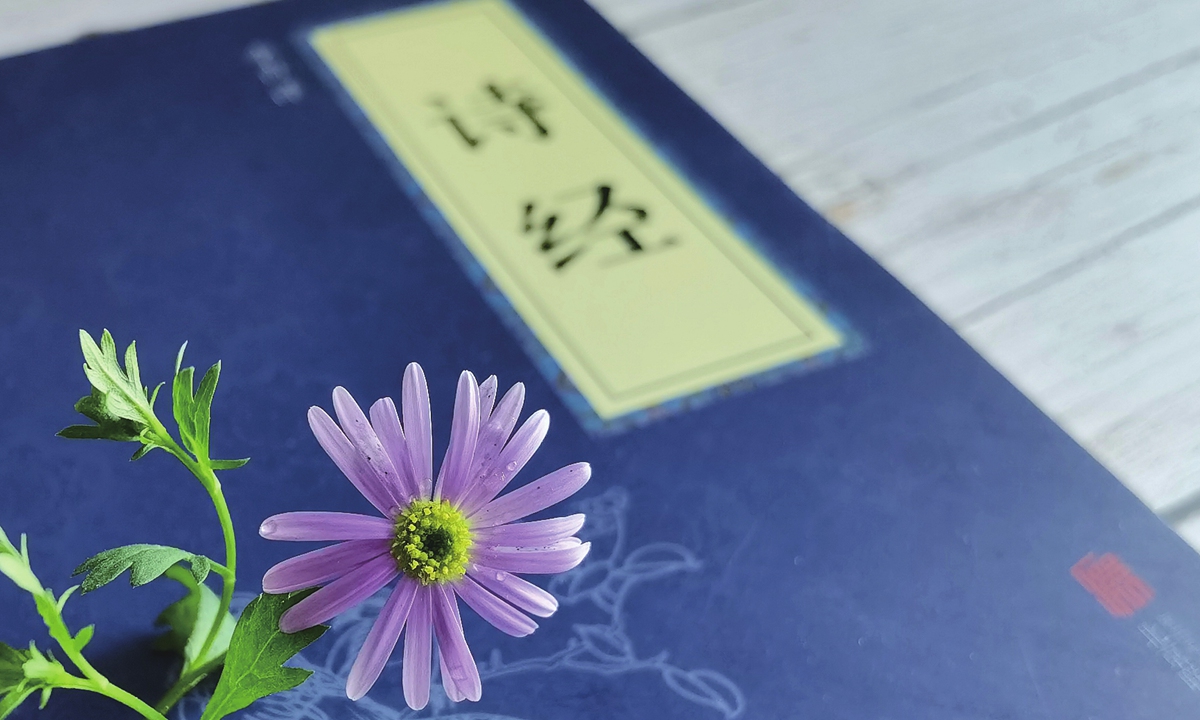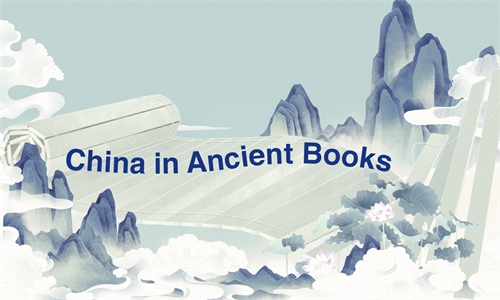ARTS / CULTURE & LEISURE
China in Ancient Books

The Book of Songs Photo: VCG
The Book of Songs (II): Laying a foundation for the fine tradition of Chinese poetryThe Book of Songs occupies a very high position in the history of Chinese literature. Before it was compiled, Chinese poetry was generally an oral art form with only two Chinese characters per line. After The Book of Songs came into being, a new form was established - siyan shi (four-character poetry), signifying the beginning of the ancient Chinese poetry style that would influence generations of artists over the next two millennia. Additionally, The Book of Songs invented three noted rhetoric methods - Fu (parallelism), Bi (analogy or simile) and Xing (eulogy) - as the lines of the poems were actually the lyrics to songs. Later, these methods were inherited and developed, and became important characteristics of ancient Chinese poetry.
Moreover, The Book of Songs can be regarded as an anthology of lyrics. Since its creation, Chinese poetry has embarked on the path of "expressing ambition through poetry," which has become its main form of Chinese poetry. In the Warring States Period (475BC-221BC), poet and statesman Qu Yuan developed such methods and established the use of adopting analogies or metaphors through objects to express feelings, exerting a huge influence on Chinese poetry.
In the Han Dynasty (206BC-AD220), Feng (ballad), a part of The Book of Songs, was developed into the new form of Yuefu Poetry (folk song lyric-styled poetry). And during the Three Kingdoms period (220-280) and Eastern Jin Dynasty (317-420), the four-character form was carried forward by poets Cao Cao, Ji Kang and Tao Yuanming in their poetry.
The rhyme of The Book of Songs has set a paradigm for Chinese poetry.
During the Tang Dynasty (618-907), wujue or qijue (poetry with five or seven Chinese characters per line) emerged, a breakthrough in the poetic form, but four-character poetry still remained. Additionally, a complete rhyme system came into being together with the rhyme poetry based on it. During this time, poems were pure poetry and not lyrics to songs.
In the Song Dynasty (960-1279), there appeared ci (Song-style Poetry), a poetic form characterized by lines of unequal length with rhyme schemes and tonal patterns prescribed by specific cipai (musical tune). The Yuan Dynasty(1279-1368) saw the rise of Yuan Verses, which were actually songs from Yuan Opera that also featured set cipai.
Global Times

